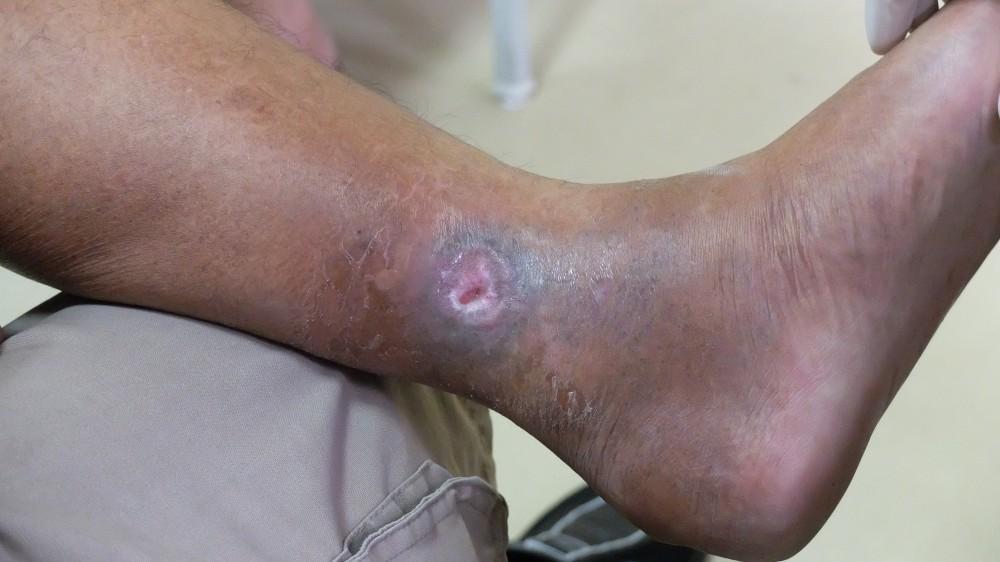
How to Tell If You Have Plantar Warts

Warts can appear in locations all around your body. When warts grow on your feet, they’re called plantar warts. Warts occur due to a viral infection, and may not go away without professional treatment. Plantar warts can become painful, and can even bleed. That’s why you need professional podiatry treatment and care.
If you have a lump, bump, rough spot, dark spot, or other irregularity on your foot, could it be a wart? Dr. Steve Sharlin, experienced podiatrist, can help you determine what’s going on with your feet. He diagnoses and treats plantar warts from his practice at The Foot Care Group, with locations in Hinsdale, Libertyville, and the Streeterville area of Chicago, Illinois.
Here are some of the factors Dr. Sharlin looks at to determine if you’re dealing with plantar warts.
Signs of plantar warts
Not all plantar warts look the same. There are more than a hundred strains of the human papillomavirus (HPV), the virus that causes plantar warts. However, there are some common signs of plantar warts that you can discern.
Your body reacts to infection with HPV by building up layers of the protein keratin, making dense areas form in your skin. You may also notice tiny black spots at the center of a wart. This is a sign of a clotted blood vessel.
Plantar warts can appear between your toes, as well as on the bottoms of your feet. Because of the pressure placed on your feet each day, plantar warts tend to be hard or tough in texture. You could have a single wart, or several small warts positioned close together, known as mosaic warts.
Clearing up plantar warts
No matter what your plantar warts look like, there’s a good chance that you don’t feel like they improve the appearance of your feet! Warts can also become uncomfortable, causing calluses and corns to form on your feet, and even potentially bleeding.
It’s particularly important to get professional treatment for warts if you have a condition like diabetes that impacts blood circulation in your feet.
Because warts occur due to an underlying HPV infection, you may need professional podiatry support to get rid of them. Over-the-counter treatments may only work temporarily, with a potential for recurrence and new wart outbreaks.
Dr. Sharlin also checks to make sure that lumps or bumps on your feet or toes that look like plantar warts are actually warts, and not signs of another medical condition like skin cancer. He may recommend a biopsy to learn more about your condition and confirm your diagnosis.
Professional treatment techniques for warts available through The Foot Care Group include topical prescription medications and cryotherapy. In cryotherapy, Dr. Sharlin uses liquid nitrogen to freeze off your warts. The nitrogen also destroys the virus that causes warts, for lasting results.
If you have a lump on your feet or toes that you think could be a plantar wart, contact Dr. Sharlin and the team at The Foot Care Group for evaluation, diagnosis, and treatment. Schedule your initial consultation appointment online or over the phone today.
You Might Also Enjoy...


Can Hammertoes Be Corrected with Orthotics?

Can Cryotherapy Get Rid of My Plantar Warts?

I'm Embarrassed About My Toenail Fungus: What Can Help?

5 Bothersome Complications of Untreated Hammertoe

